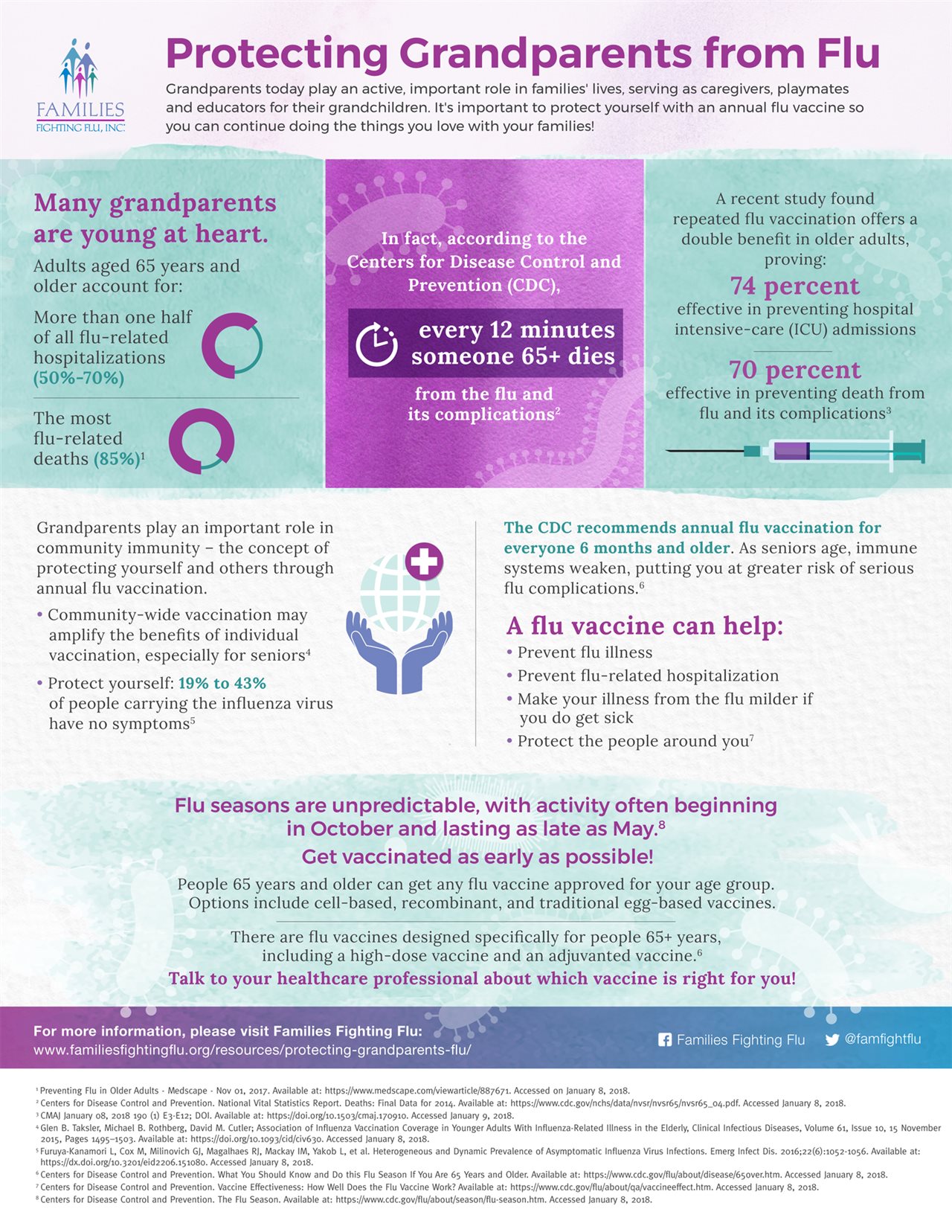2018-01-30T06:01:00
(BPT) – Online vision apps can be a great resource for health-related information, but if you rely on them to preserve your eye health and detect potential problems, you could be doing more harm than good, the American Optometric Association warns.
“Eye health is critical to overall good health,” says Dr. Christopher Quinn, president of the AOA. “If someone chooses to forego an annual eye exam with a doctor of optometry because they think an online test or mobile app screening is enough, they’re making a mistake that could put their vision and health at risk.”
The AOA, which represents more than 44,000 doctors of optometry, optometric professionals and optometry students, supports state and federal policies that protect patients from the potential dangers of online vision test apps. Here are four of the many reasons why patients should not rely on online eye screenings or mobile apps:
1. Vision test apps or online tests can’t diagnose or treat serious eye problems.
These tools simply use measurements to gauge what is known as visual acuity, or sensitivity. However, many vision and eye health conditions don’t have obvious signs or symptoms in their earliest stages. Online tests can miss serious conditions that a comprehensive eye exam would catch.
They may be designed to test for near-sightedness or far-sightedness, but can’t adequately evaluate overall eye health. For example, an online screening might be able to detect symptoms of near-sightedness, but isn’t designed to catch signs of glaucoma.
2. Vision test apps aren’t held to the same standards as doctors of optometry.
People put their eye health at risk when they choose convenience over care and today, 17 states have regulations in place to safeguard patients from unproven technologies and practices that can compromise the established and proven standard of care. And there is good reason.
Right now, online vision screening services and mobile apps aren’t required to meet the definition of a comprehensive eye exam, or clinically prove their technologies provide the same level of care you would get from a qualified eye care doctor. In addition, they are not approved by the U.S. Food and Drug Administration (FDA).
3. Patients may not get the care they need.
Even if an app accurately indicates a problem with vision acuity, patients might not follow up as recommended with a doctor of optometry, who can diagnose issues and work with you to develop solutions to eye health and vision care needs.
Additionally, a comprehensive eye exam conducted by an optometrist can be an important step in identifying health conditions that might not have been detected otherwise, such as diabetes and high blood pressure. An optometrist can help you understand the seriousness of the condition and suggest and implement appropriate treatment.
4. You could be risking your eye or overall health.
Online vision screening apps might not catch signs of a serious problem. Missing the signs of an eye health or overall health issue can put you at risk.
“People may think they’re doing something good by using a mobile vision app,” Quinn says. “Unfortunately, an online eye test does not completely cover any one of the 12 components of a regular in-person, comprehensive eye exam, something everyone needs to ensure they’re protecting and preserving their vision.”
To learn more about vision health, visit www.aoa.org.















